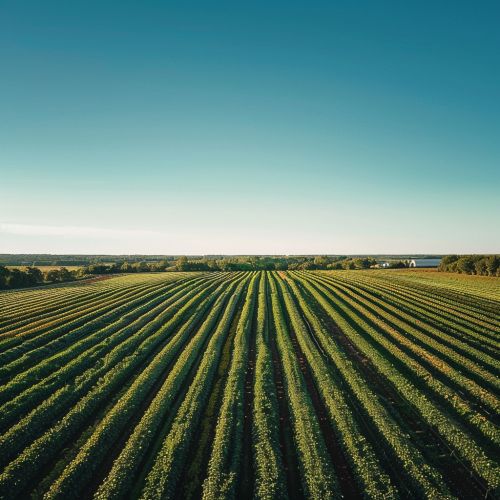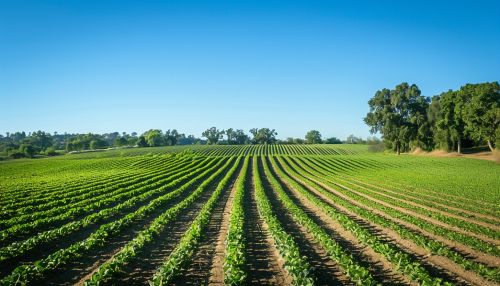Agriculture in the United States
History of Agriculture in the United States
The history of agriculture in the United States dates back to the pre-colonial period when indigenous tribes were the primary cultivators of the land. They practiced a variety of farming techniques, including slash-and-burn, terrace farming, and the Three Sisters method, which involved the interplanting of corn, beans, and squash. The arrival of European settlers in the 16th and 17th centuries brought new agricultural practices and crops to the continent, transforming the landscape and the future of American agriculture.


Colonial Era
During the colonial era, agriculture was the primary economic activity in the colonies. The settlers brought with them a variety of crops from Europe, including wheat, barley, oats, and rye. They also introduced livestock such as cattle, sheep, and pigs. The cultivation of these crops and the rearing of livestock became a major part of the colonial economy.
Agricultural Revolution
The Agricultural Revolution in the late 18th and early 19th centuries brought about significant changes in farming practices. The invention of new farming equipment, such as the cotton gin and the mechanical reaper, increased productivity and efficiency. These innovations, along with the introduction of new crop varieties and farming techniques, led to a significant increase in agricultural output.
20th Century Agriculture
The 20th century saw further advancements in agricultural technology and practices. The development of synthetic fertilizers and pesticides, the introduction of hybrid crops, and the mechanization of farming significantly increased agricultural productivity. The Green Revolution in the mid-20th century further boosted crop yields through the use of high-yield crop varieties and modern farming techniques.
Modern Agriculture
Today, agriculture in the United States is characterized by large-scale, industrial farming practices. The use of genetically modified organisms (GMOs), precision agriculture, and sustainable farming practices are some of the key features of modern American agriculture. Despite these advancements, the sector faces numerous challenges, including climate change, soil degradation, and water scarcity.
Major Crops
The United States is one of the world's leading producers of a variety of crops. The major crops grown in the country include corn, soybeans, wheat, and cotton. Other significant crops include fruits, vegetables, and nuts. The production of these crops varies by region due to differences in climate, soil type, and farming practices.
Livestock Farming
Livestock farming is a significant part of the agricultural sector in the United States. The country is one of the world's leading producers of beef, pork, and poultry. Dairy farming is also a major industry, with the United States being one of the top producers of milk and cheese.
Agricultural Policy
Agricultural policy in the United States is shaped by a variety of factors, including government regulations, subsidies, and trade agreements. The Farm Bill, which is passed every five years, outlines the federal government's agricultural and food policy. It covers a wide range of issues, from crop insurance and conservation to food assistance programs.
Challenges and Future Trends
The agricultural sector in the United States faces numerous challenges, including climate change, soil degradation, and water scarcity. These challenges are expected to impact the future of agriculture in the country. However, advancements in technology and sustainable farming practices offer potential solutions to these issues.
